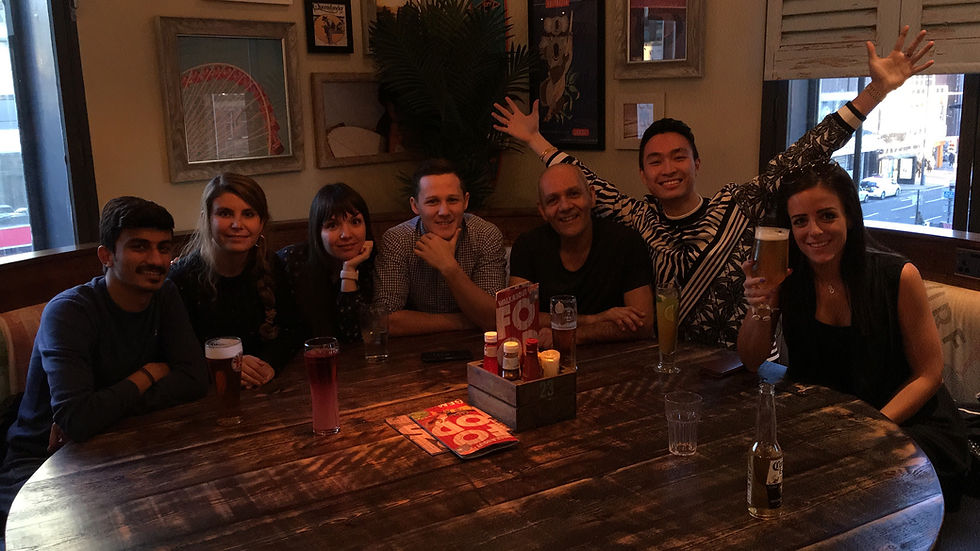How Food and Language are Interconnected
- adam8518
- Nov 4
- 2 min read

Food and language are deeply interconnected, reflecting cultural identity, history, and social evolution. Here’s how they influence each other:
1. Cultural Identity & Heritage
Food and language are key markers of cultural identity. The names of dishes, cooking techniques, and food-related expressions preserve traditions and historical influences.
For example, French cuisine has specific culinary terminology (e.g., sauté, flambé, roux), which has influenced global gastronomy.
2. Food as a Language of Expression
Just like words convey meaning, food communicates emotions, hospitality, and social status.
Certain dishes are associated with celebrations, rituals, or comfort, just as words express greetings or emotions (e.g., cake for birthdays, turkey for Thanksgiving).
3. Linguistic Evolution Through Food
Words related to food often travel across languages through trade, colonization, and migration.
The English word “coffee” comes from the Arabic qahwa, and “chocolate” has roots in the Aztec word xocoatl.
4. Metaphors & Idioms
Many languages incorporate food metaphors in daily speech:
“Spill the beans” (reveal a secret)
“Breadwinner” (someone who earns money for a family)
“Piece of cake” (something easy to do)
5. Menus as Storytellers
The names of dishes on menus often tell a story about a place’s culture, history, and regional flavors.
Some dishes are named after people or places (e.g., Beef Wellington, Caesar Salad).
6. Food and Multilingual Societies
Multicultural societies blend languages through food. For instance, in the U.S., terms like “taco,” “sushi,” and “croissant” are used universally, reflecting global culinary influences.
7. The Role of Food in Language Learning
Food vocabulary is one of the easiest ways to learn a new language because it involves sensory experiences, making learning more engaging and memorable.
Conclusion
Food and language are powerful carriers of culture, shaping how people connect, communicate, and share traditions.
They evolve together, forming a bridge between generations, societies, and global communities.














Comments